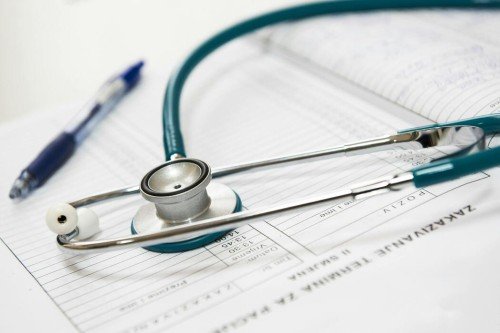
Bringing Medicine and Care to the World’s Poorest Nations
- August 21, 2025
- Bridging the Health Gap
Across the globe, millions of people live without reliable access to doctors, hospitals, or even basic medicine. For the poorest nations, this health gap is not just a matter of inequality, it is a matter of survival. Diseases that are preventable or treatable elsewhere often become deadly in communities where healthcare systems are weak. Yet, hope is not lost. Through groundbreaking research, strategic funding, and innovative technologies, the global community is working to bridge this gap and bring essential care to those who need it most.
The Unequal Landscape of Global Health
Healthcare inequality is one of the greatest challenges of our time. In many developing countries, there are fewer than two doctors per 10,000 people. Hospitals are often overcrowded, underfunded, and unable to provide even the most basic services. Vaccines, diagnostic tests, and essential medications remain out of reach for millions due to cost, logistics, or lack of infrastructure. Closing this health gap requires more than aid it demands systemic change and the smart application of global resources.
The Role of Medical Research
Research is at the core of progress. Scientific studies are not only uncovering treatments for diseases but also adapting them for use in resource-limited settings. For instance, simplified diagnostic tools have been designed for rural clinics without electricity or running water. Researchers are also focusing on developing vaccines that can remain stable without refrigeration, making them viable in regions with unreliable power supplies. By tailoring medical innovations to the realities of poorer nations, research becomes a lifeline rather than a luxury.
Funding That Drives Change
Financial support is critical in transforming healthcare systems. Governments, NGOs, and private foundations are channeling funds into building hospitals, training health workers, and supplying medications. The Global Fund to Fight AIDS, Tuberculosis, and Malaria has saved millions of lives by investing in large-scale programs. At the same time, micro-level funding initiatives empower local clinics and community health workers to provide direct care. Investment must be strategic, focusing not just on treatment but on prevention, education, and long-term infrastructure.
Innovation in Healthcare Delivery
Innovation is redefining what healthcare can look like in the poorest regions. Telemedicine has become a powerful tool, allowing doctors from around the world to consult with patients thousands of miles away. Mobile health apps track vaccinations, monitor pregnancies, and send reminders for medication schedules. Portable diagnostic kits are helping health workers test for diseases like malaria or HIV in remote villages. These innovations shrink distances, reduce costs, and expand access.
The Importance of Communication and Visibility
Global health is also about awareness. Spreading knowledge, building partnerships, and engaging stakeholders requires effective communication. This is where modern tools, like digital platforms and SEO services, play a role. Organizations working to improve healthcare in poor countries must ensure their research, campaigns, and fundraising efforts are visible to the right audiences. By optimizing content for search engines, NGOs and medical institutions can reach donors, volunteers, and partners worldwide. In the fight against inequality, visibility is as important as innovation.
Training Local Heroes
Even the best medical equipment is useless without trained professionals. Community health workers, often locals trained in basic care, are the unsung heroes of poor nations’ healthcare systems. They provide vaccinations, deliver babies, and teach families about hygiene and nutrition. Training programs that equip these workers with knowledge and tools create a ripple effect, improving health outcomes across entire regions. Empowering local talent is more sustainable than relying solely on outside professionals.
Overcoming Cultural and Linguistic Barriers
Healthcare is not just about technology or funding, it is about people. Cultural beliefs, language differences, and mistrust of foreign systems often hinder progress. To truly bridge the health gap, solutions must be culturally sensitive and linguistically inclusive. Materials explaining treatments or preventative care need to be clear and accessible in local languages. Respect for traditions and community practices fosters trust, making it more likely that people will adopt new healthcare solutions.
Building Resilient Systems
Short-term solutions save lives, but long-term resilience ensures progress is not lost. Building resilient healthcare systems involves infrastructure, supply chains, trained professionals, and sustainable financing. It also requires governments to prioritize public health and commit to ongoing reform. When local systems are strong, communities can respond effectively to crises such as pandemics, natural disasters, or outbreaks of infectious diseases.
Conclusion
The journey to bridging the global health gap is complex, but it is not impossible. Through research tailored to real-world challenges, strategic funding, and innovative healthcare delivery, millions of lives are already being saved. More than aid, what poor nations need is partnership, knowledge, and tools for sustainable growth.
In this effort, communication and visibility play vital roles. Just as new diagnostic tools or telemedicine platforms break down barriers, the global reach of SEO services ensures that health campaigns, research, and funding appeals are not lost in the digital noise. The fight for health equity is not just about medicine, it is about connection, collaboration, and commitment to a shared future where healthcare is truly a human right.